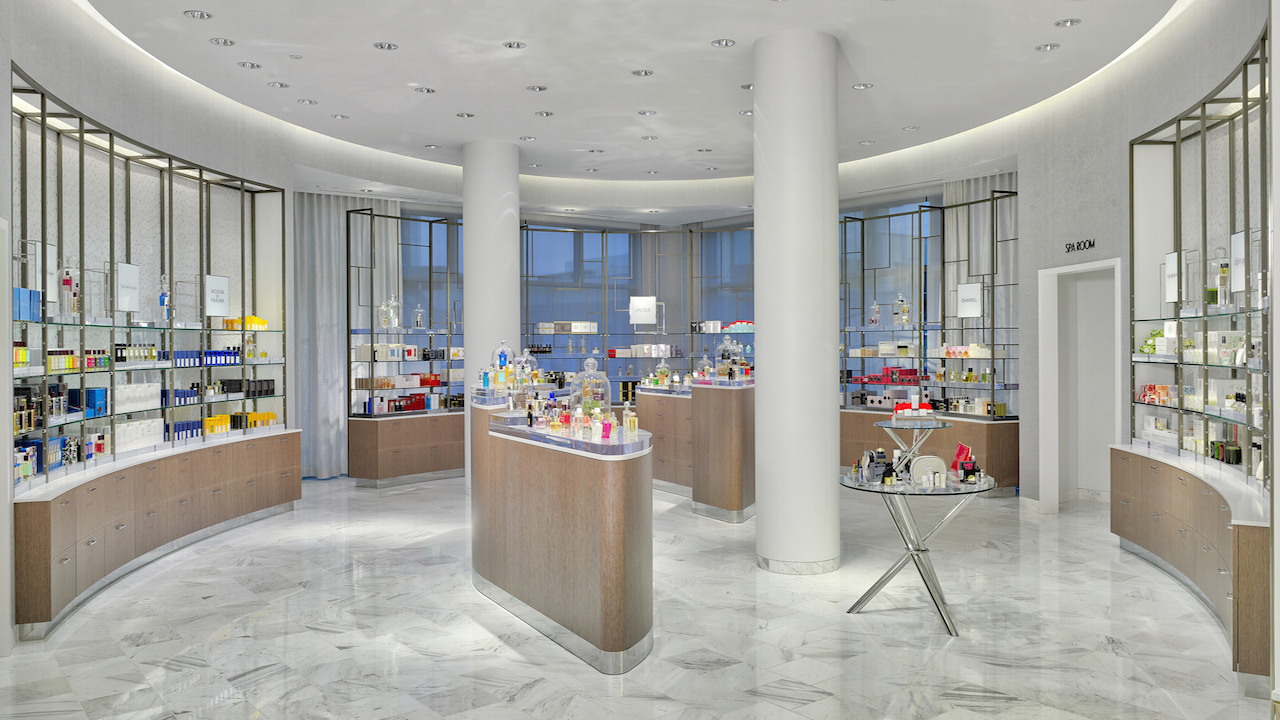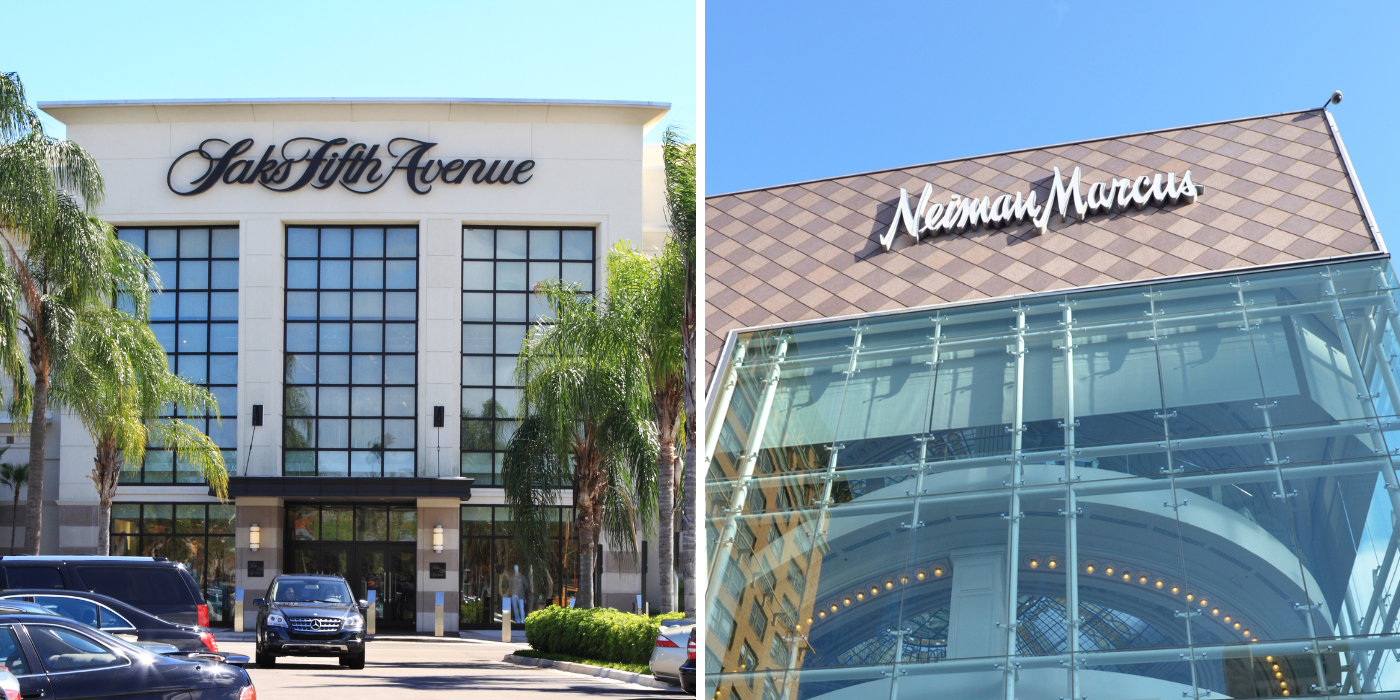Implications for the Luxury Retail Market

The Saks-Neiman Marcus merger is expected to have significant implications for the broader luxury retail industry. The combined entity will create a formidable player with a wide reach and a diverse portfolio of brands. This could lead to increased competition in the luxury market, as well as changes in pricing strategies and consumer behavior.
Impact on Competition
The merger will likely intensify competition in the luxury retail market. Saks and Neiman Marcus are both well-established brands with a loyal customer base. By combining their resources, the new entity will have a greater ability to compete with other luxury retailers, such as Nordstrom, Bergdorf Goodman, and Harrods. This could lead to increased marketing and advertising spending, as well as more aggressive pricing strategies.
Impact on Pricing Strategies
The merger could also lead to changes in pricing strategies in the luxury retail market. Saks and Neiman Marcus have traditionally been known for their high prices. However, the new entity may be able to offer more competitive prices by leveraging its scale and purchasing power. This could make luxury goods more accessible to a wider range of consumers.
Impact on Consumer Behavior, Saks buying neiman marcus
The merger could also have an impact on consumer behavior in the luxury retail market. The new entity will have a wider range of brands and products to offer consumers. This could lead to increased brand loyalty, as well as more frequent shopping trips. Additionally, the new entity may be able to offer more personalized shopping experiences, which could further drive consumer spending.
Potential for a Dominant Player
The merger has the potential to create a more dominant player in the luxury retail market. The new entity will have a larger market share than any other luxury retailer. This could give it significant pricing power and the ability to influence consumer trends. Smaller retailers may find it difficult to compete with the new entity, and some may be forced to close their doors.
Case Study: Integration and Post-Acquisition Challenges: Saks Buying Neiman Marcus

Saks buying neiman marcus – The merger between Saks Fifth Avenue and Neiman Marcus in 2020 presented a significant challenge in integrating two luxury retail giants. The integration process involved harmonizing operations, cultures, and brand identities while maintaining the distinct characteristics of each brand.
One of the key successes of the integration was the effective communication strategy employed by the leadership team. They ensured transparent and regular updates were provided to employees, customers, and stakeholders, keeping them informed about the progress and rationale behind the merger. This transparency helped to build trust and address concerns.
Employee Engagement
Employee engagement was a critical aspect of the integration process. The leadership team recognized the importance of involving employees in the decision-making process and providing them with opportunities for growth and development. They established cross-functional teams to facilitate collaboration and knowledge sharing between the two organizations.
Cultural Alignment
Cultural alignment was another significant challenge. Saks and Neiman Marcus had distinct corporate cultures, and it was essential to find common ground while respecting the heritage of each brand. The leadership team conducted workshops and town hall meetings to encourage open dialogue and foster a sense of shared purpose and values.
Lessons Learned
The Saks-Neiman Marcus merger provides valuable lessons for managing post-acquisition integration in the retail sector:
- Effective communication is crucial for building trust and addressing concerns.
- Engaging employees in the integration process promotes collaboration and knowledge sharing.
- Respecting and aligning corporate cultures helps to create a cohesive and motivated workforce.